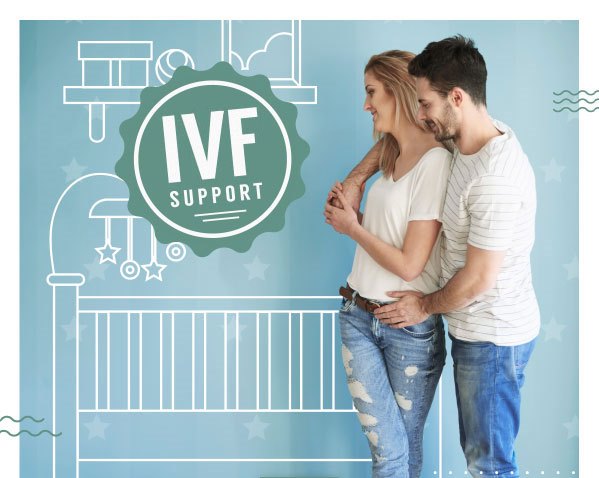- IVF, or in vitro fertilisation, is a technique used to help a woman get pregnant. It is when a human egg is fertilised with sperm in a laboratory. IVF is used to treat infertility and some genetic problems. During IVF, eggs are removed from the ovaries of a woman and fertilised in a laboratory with sperm provided by her partner or a donor. One or two embryos — fertilised eggs — are implanted into the woman’s uterus (womb).
- IUI, sometimes known as “artificial insemination,” is a non-surgical, outpatient procedure in which a physician inserts sperm from a male partner or sperm donor directly into a female patient’s uterus. IUI increases a patient’s chances of pregnancy by giving sperm a head start, and ensuring insemination happens at the time of ovulation—but it’s less effective, less invasive, and less expensive than IVF.
Whether to do IUI or IVF is a decision often made in collaboration between patient(s) and their doctor. The factors that influence the decision may include the patients’ diagnosis, age, budget, insurance coverage, and personal preferences. For example, a couple in their early 30s with unexplained infertility and no obvious impediments to pregnancy are likely to start with IUI. A woman with blocked, tied, or absent fallopian tubes should start with IVF, which bypasses the tubes

